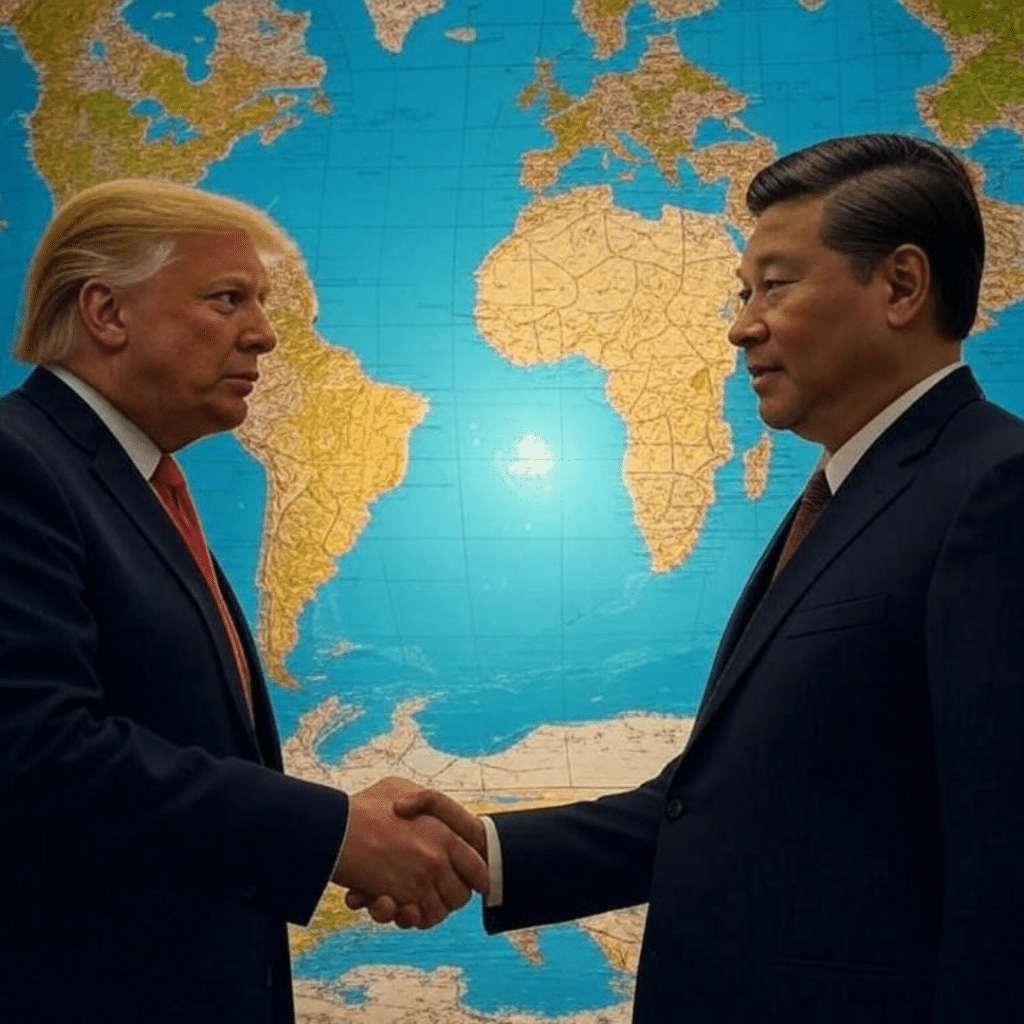The economic rivalry between the United States and China has evolved into a full-blown tariff war that has impacted global markets, businesses, and consumers alike. What began as a strategic move to address trade imbalances has turned into a prolonged standoff with worldwide consequences. In this blog, we’ll dive into the origins of the U.S.-China tariff war, its economic implications, and what the future might hold for international trade.
📜 What Sparked the U.S.-China Tariff War?
The tariff war officially kicked off in 2018, under the Trump administration, with the U.S. accusing China of unfair trade practices, including:
- Intellectual property theft
- Forced technology transfers
- Currency manipulation
- Massive trade deficits
In retaliation, the U.S. imposed tariffs on over $250 billion worth of Chinese goods. China responded with its own tariffs, targeting U.S. agricultural products, automobiles, and more.
📉 Economic Impacts on the U.S. and China
1. Impact on the U.S. Economy:
- Increased consumer prices: Tariffs on Chinese goods led to higher prices for electronics, clothing, and household items.
- Strain on farmers: U.S. agriculture, especially soybean exports, took a major hit due to Chinese counter-tariffs.
- Supply chain disruption: Manufacturers reliant on Chinese components faced increased costs and delays.
2. Impact on China’s Economy:
- Export slowdown: Tariffs made Chinese goods more expensive and less competitive in the U.S. market.
- Manufacturing losses: Factories faced decreased demand and downsizing.
- Currency pressure: The yuan saw fluctuations as the trade war intensified.
🌍 Global Repercussions of the Tariff War
The U.S.-China trade war sent ripples across the globe:
- Emerging markets suffered from volatile commodities prices.
- Multinational companies began shifting manufacturing to Vietnam, India, and Mexico to avoid tariffs.
- Stock markets fluctuated wildly in response to trade war news and policy changes.
🤝 Attempts at Resolution
In January 2020, the two nations signed the Phase One Trade Agreement, in which China pledged to increase U.S. imports and improve IP protection. However, tensions remain high, and many tariffs are still in place as both countries continue to compete for global economic dominance.
📦 How Businesses Can Adapt
To weather ongoing trade tensions, businesses are:
- Diversifying supply chains
- Reevaluating sourcing strategies
- Exploring nearshoring and reshoring options
- Investing in trade compliance and risk management
🔮 What’s Next?
With the Biden administration taking a more diplomatic yet firm stance, the trade war has shifted focus toward strategic competition in technology and supply chain independence. The long-term trajectory will depend on evolving geopolitical dynamics and the global push toward economic resilience.
🧠 Final Thoughts
The U.S.-China tariff war is more than a bilateral conflict—it’s a reshaping force for the future of global trade. While challenges persist, businesses that remain agile and informed can still find growth opportunities in a changing economic landscape.

